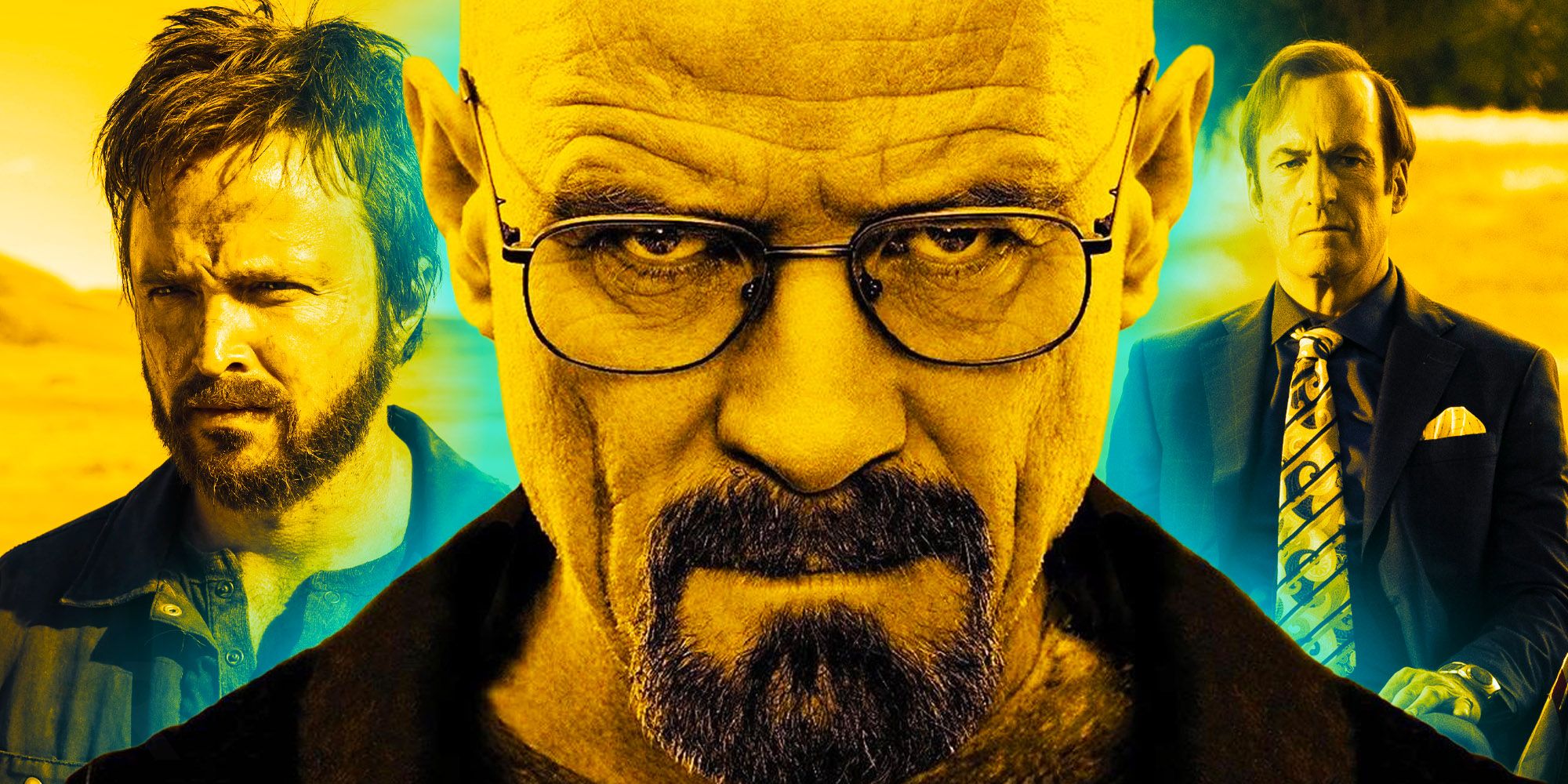Journal Entry 6: Reflections on Text-to-Text Connections
As I dive deeper into "The Great Gatsby", I can't help but think of other works that touch on similar themes, especially "Breaking Bad" and "Death of a Salesman". While each of these stories is unique in its own right, they share underlying themes with Fitzgerald's novel, offering a richer understanding of the characters and their motivations.
One of the most prominent themes across these works is the pursuit of the "American Dream". In "Breaking Bad", Walter White embarks on a journey to escape his unfulfilling life as a high school chemistry teacher, seeking wealth and power through illegal means. Like Gatsby, Walter believes that money and status will finally give him the life he’s always dreamed of. But in the end, both characters fall victim to the very dream they chase. Their moral compromises and destructive choices lead to their downfall. Just as Gatsby builds his extravagant lifestyle in hopes of winning Daisy’s love, Walter’s quest for power costs him his humanity and relationships. Ultimately, the pursuit of the American Dream in both stories leads to tragedy, disillusionment, and ruin.
Similarly, "Death of a Salesman" explores Willy Loman’s obsessive pursuit of success, which mirrors Gatsby’s longing for recognition and status. Willy’s vision of the American Dream is centered around being well-liked and wealthy, but his obsession with this ideal blinds him to the realities of his life, leading to his eventual downfall. Like Gatsby, Willy becomes so consumed by an unrealistic vision of success that he loses sight of what really matters. Both characters are trapped by their idealized versions of life, unable to break free from the limitations of their circumstances.
The theme of illusion versus reality is another common thread in "The Great Gatsby" and "Breaking Bad". Walter White lives a double life; appearing as a loving family man while secretly becoming a ruthless drug lord. This mirrors the false persona Gatsby creates through his lavish parties and extravagant lifestyle. In both cases, these personas are carefully constructed to hide their true motives and desires. Gatsby believes that his wealth will win Daisy’s love, but the reality of who he is and what he’s accomplished is far from the fantasy he’s built around himself. Likewise, Walter’s image as a devoted father and husband crumbles as his true identity as a drug kingpin becomes impossible to conceal. Both characters are consumed by the tension between the public image they project and their internal realities.
These connections show how "The Great Gatsby", "Breaking Bad", and "Death of a Salesman" all explore the dangerous consequences of chasing an idealized version of success and the lies that often come with it. In each of these works, characters are forced to face the emptiness of their pursuits and the harsh truth that the dreams they chased were either unattainable or fundamentally flawed. They act as cautionary tales about the destructive nature of illusions and the devastating effects of chasing unreachable goals.
In the end, "The Great Gatsby", "Breaking Bad", and "Death of a Salesman" all center on the themes of ambition, illusion, and the fragility of the American Dream. Each work exposes the cost of striving for perfection in a world that often falls short of expectations, revealing the dangers of self-deception and the emptiness that comes from pursuing unattainable dreams.
Sources:
The Book https://www.planetebook.com/free-ebooks/the-great-gatsby.pdf


Comments
Post a Comment